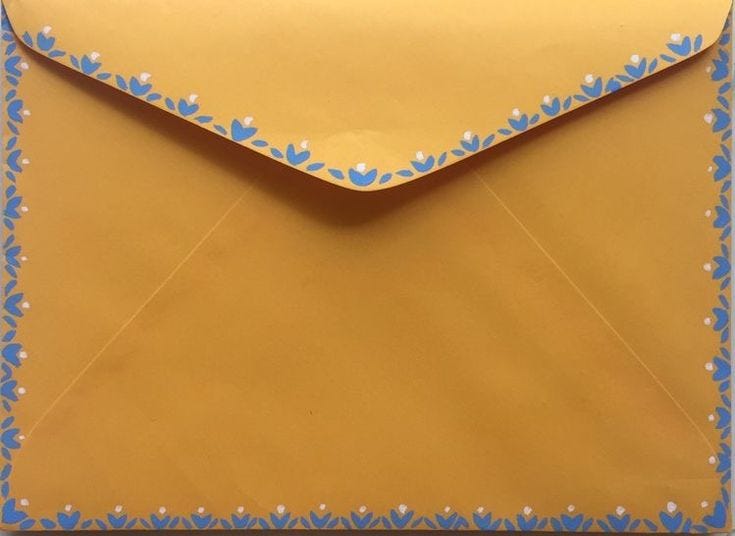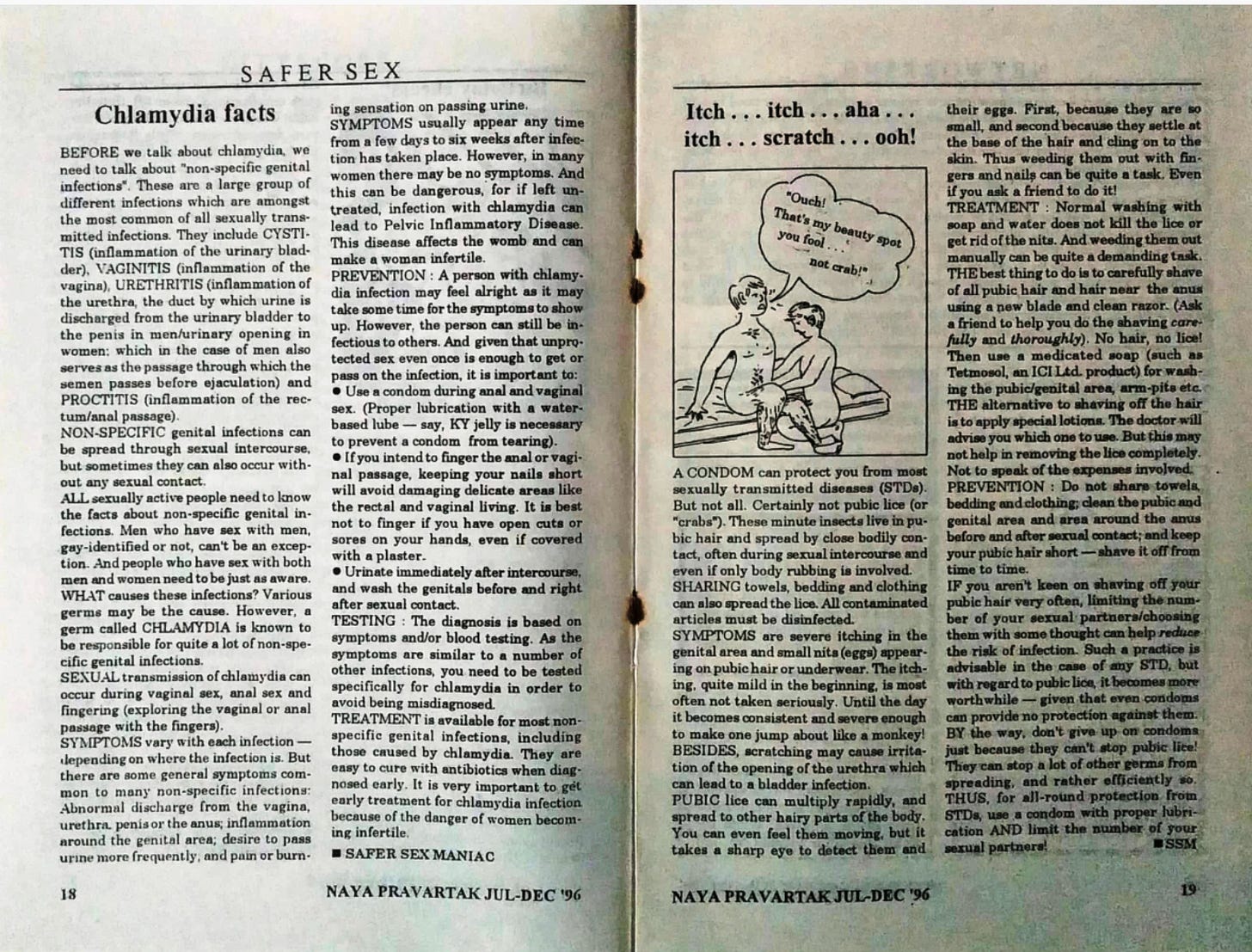archive soup: the evolution of South Asian queer zines, homoerotic shirtless Bollywood actors, miss mary mack, and lesbian dosage of Jewish anti-zionist movements on occupied Palestine
what i've been loving in october and a lil in early november
Hello, sweet friends. It’s been a while since I posted a roundup! I’ve noticed a handful of new subscribers and feel excited to share some things I’ve been loving <3 My roundups consist of careful and intentional research. If you would like to support me, I would deeply appreciate it if you would share, comment, and become a paid subscriber. Thanks!
Read
Last month, I went down a rabbit hole revisiting the evolution of South Asian LGBTQ+ magazines and zines. In 1991, when the HIV epidemic was starting to peak, India’s first gay zine, Bombay Dost, was released. The pages featured a column, Papa Passion, which served as an advice section, addressing topics ranging from sexual health to coming out to parents. There were also tear-out condom questionnaires and a gossip column that provided an inside look into Bombay’s gay scene. Bombay Dost was unapologetically campy—wildly messy, brimming with erotic poetry, and plastered with provocative images of shirtless Bollywood celebrities.
As queer communities have long relied on gossip (gossip is praxis!), Bombay Dost circulated largely through word of mouth, as the zine had no budget and limited resources. Physical copies were sold wrapped in brown paper and distributed in popular cruising spots of the '80s and '90s.
Seven years later, in 1998, Lesbians and Bisexuals in Action (LABIA), a Mumbai-based collective for lesbians, bisexuals, and trans folks, began publishing Scripts, a zine that centered the voices of queer women. While narratives of elite cis gay men dominated Bombay Dost and the gay scene in Indian metropolitan cities, Scripts carved out a space to reimagine queer love—not just for and by queer women but also beyond the confines of the gender binary. Scripts embraced a "dual conception of itself as both a social and a political space” (LABIA 3), addressing not only the homophobia faced by queer women but also fostering a queer feminist community united by political commitments and values, taking a stand against structural issues like casteism, classism, and more.

Other queer zines emerged across India, such as Pravartak, published in Kolkata from 1991 to 2000, in English and Bangla. The magazine was distributed privately and through word of mouth, like Bombay Dost and Scripts.
It pains me to see how queer zines rarely receive the recognition they deserve in scholarship on popular culture in South Asia, despite having had a tremendous impact on the broader queer community. It begs the question: does their playful campiness—gossip culture, sex comics, humorous short stories—make them seem less "serious," leading scholars to overlook the significant role zines have played in queer liberation?
I look at these pages and wonder where the people who created them are. Oh, how grateful I am for them <3
Watched
Linda Linda Linda (2005): A new comfort movie unlocked! This coming of age film revolves around Japanese schoolgirls who go on a mission to recruit a new lead vocalist for their band only three days before their high school festival. Linda Linda Linda is a slow and endearing sweet watch for cold winter days!
Listened:
I recently learned that on November 9th, children’s folk song singer Ella Jenkins passed away at 100. While her name may not be widely known, her songs defined my childhood. I spent countless hours playing clapping games with my friends to the iconic Miss Mary Mack and singing The World is Big, The World is Small on the road map rug. Lately, I've been listening to her songs as I make my morning chai, her sweet, gentle voice softening the heart of my six-year-old self. Thank you, Ms. Jenkins, for making my childhood a little more tender.
Loving
I’ve been loving @lesbian.ephemera on Instagram, an account dedicated to archiving lesbian history! It’s been amazing to see snapshots of anti-imperialist lesbian movements from around the world, and I’ve learned so much. Highly recommend! My favorite post I keep returning to is about LAGAI (Lesbians and Gays Against Intervention in Latin America), a San Francisco-based organization that was anti-authoritarian, anti-militarist, pro-feminist, and anti-racist. LAGAI collaborated with Kvisa Shchora/Black Laundry, an anti-Zionist direct action group of LGBTQ+ folks and others fighting against occupation and for social justice. (Check out this interview with a member of Black Laundry from 2005!) Soo incredible!
That’s all for now!
What have you been reading, engaging, listening/watching, and loving lately? Do tell and comment below <3
Check out my Instagram here <3











